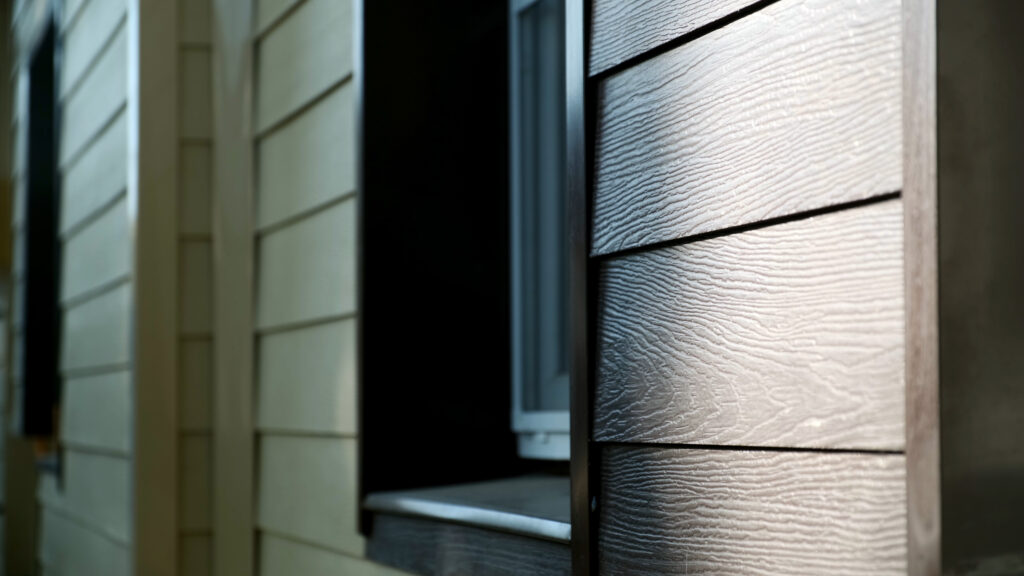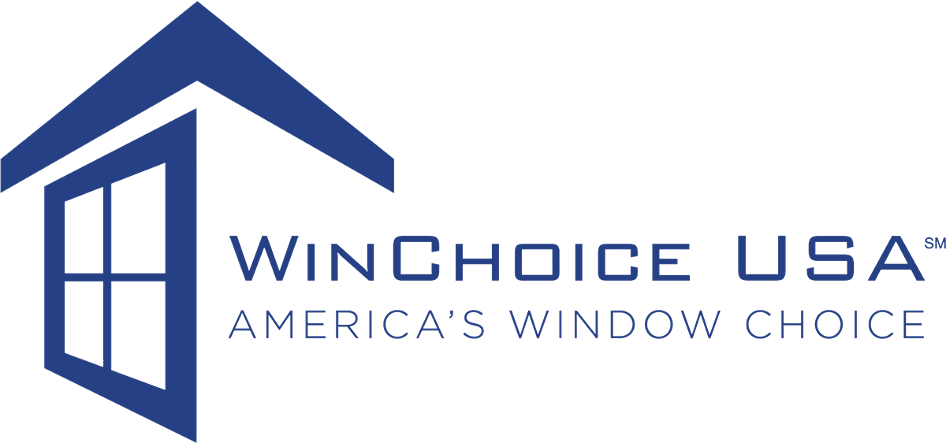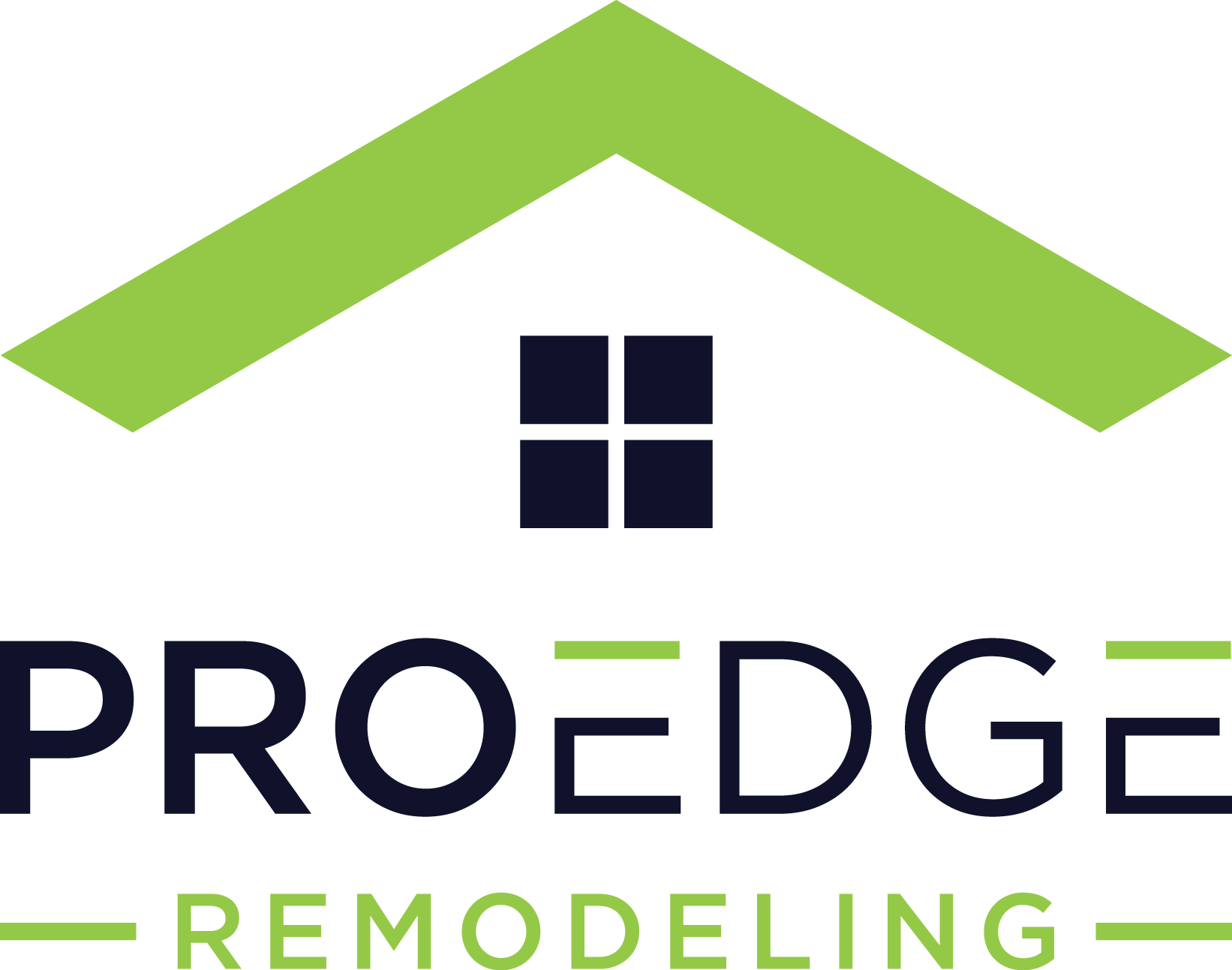Best Siding Options for Every Climate: A Homeowner’s Guide

Whether you’re a current homeowner staring down peeling boards or shopping for your next house in a new ZIP code, siding decisions matter. Siding is more than a pretty exterior: it’s protection against weather, insulation against energy loss, and a statement about the style you call home.
But here’s the rub—not all siding performs the same in every climate. What thrives in dry Arizona might wilt in humid Florida. What’s cheap and cheerful in Kansas might cost you dearly in coastal Maine.
This guide will help you understand the best siding options for your region, what kind of lifespan to expect, and how to know when you’re ready for replacement. Along the way, we’ll sprinkle in some pro tips.
Table of Contents
- Why Climate Matters in Siding
- Hot & Dry Climates (Southwest, Desert States)
- Hot & Humid Climates (Southeast, Gulf Coast)
- Cold & Wet Climates (Northeast, Pacific Northwest)
- Storm-Prone Coastal Areas (Atlantic Coast, Gulf Coast, Florida)
- Tornado Alley & High-Wind Plains
- Mixed/Moderate Climates (Midwest, Inland States)
- Mountain & Snow-Heavy Regions (Rockies, Upper Midwest)
- General Considerations Across Climates
- Repair vs. Replace in Context
Why Climate Matters in Siding
Think of siding as your home’s jacket. You wouldn’t wear a heavy wool coat to the beach, and you wouldn’t wear a linen shirt in a snowstorm. Climate shapes which siding holds up best, how much maintenance you’ll need, and how often you’ll be calling a pro back to the house.
Hot & Dry Climates (Southwest, Desert States)
Best Bets: Stucco, Fiber Cement, Stone Veneer
- Stucco is the classic choice in the hot hot heat. It thrives in arid climates where rain is rare. Properly applied, it can last 50+ years. In desert heat, it also helps keep homes cool. Cons: Stucco does crack over time, especially during settling, and repairs can be labor-intensive.
- Fiber Cement (brands like HardiePlank) is durable, non-combustible, and resists UV fading better than vinyl. Lifespan: 30–50 years. Cons: It costs more than vinyl and installation is heavier work.
- Stone Veneer adds serious curb appeal and shrugs off desert dust storms. Lifespan: 50+ years. Cons: Definitely a higher-end investment.
Tip: In dry zones, replacement is often a smarter move than patching. Cracked stucco repairs can blend well, but if cracks spread, replacing entire sections is more cost-effective. Always compare at least two contractors here—stucco techniques and costs vary regionally.
Hot & Humid Climates (Southeast, Gulf Coast)
Best Bets: Vinyl, Fiber Cement, Engineered Wood
- Vinyl is popular for its low upfront cost. It resists rot and termites, which are constants when dealing with humidity. Lifespan: 20–30 years. Cons: Can warp in extreme heat or hurricanes, and color fades faster here.
- Fiber Cement shines again: it doesn’t rot, and termites won’t touch it. Lifespan: 30–50 years. Cons: More expensive than vinyl, but much sturdier.
- Engineered Wood gives the charm of natural wood but with resins that resist moisture. Lifespan: 20–30 years. Cons: Needs vigilant maintenance in very humid spots.
Tip: If your siding shows swelling, bubbling, or mold, repair may only buy you time. Humidity often hides deeper issues. Here, replacing with fiber cement often means fewer callbacks.
Cold & Wet Climates (Northeast, Pacific Northwest)
Best Bets: Fiber Cement, Vinyl (insulated), Cedar Shingles
- Fiber Cement again ranks high—excellent at resisting rain, snow, and freezing cycles. Lifespan: 30–50 years.
- Insulated Vinyl helps keep heating bills down and resists moisture better than wood. Lifespan: 20–30 years. Cons: May crack in extreme cold, especially cheaper panels.
- Cedar Shingles/Shakes bring classic regional charm. Lifespan: 20–40 years if maintained. Cons: Vulnerable to rot and moss; maintenance is non-negotiable, or you’ll be replacing again sooner than you expected.
Tip: Repairs can make sense here if damage is isolated—like replacing a few cedar shingles. But widespread warping or rotting means it’s time for replacement. Always ask providers how they handle moisture barriers—this detail is climate-critical.
Storm-Prone Coastal Areas (Atlantic Coast, Gulf Coast, Florida)
Best Bets: Fiber Cement, Metal, Vinyl (with caveats)
- Fiber Cement is a fortress against wind, salt, and flying debris. Lifespan: 30–50 years.
- Metal Siding (Aluminum or Steel) resists wind uplift, pests, and salt. Lifespan: 40+ years. Cons: Can dent, and steel may rust if coatings fail.
- Vinyl is common but risky—cheaper panels can tear off in hurricanes. Opt only for higher-grade vinyl if you choose it.
Tip: Repairs after storms may feel tempting, but if panels are repeatedly blown off, that’s your siding telling you it’s time for a full replacement. Insurance often pushes replacement here, too—ask multiple providers how they handle storm-resistant upgrades.
Tornado Alley & High-Wind Plains
Best Bets: Steel, Fiber Cement
- Steel Siding is practically built for high-wind regions. Lifespan: 40–50 years.
- Fiber Cement provides strong impact resistance (hail, debris).
- Vinyl is less ideal—wind gets under seams and rips it away.
Tip: Repairs after hail (like swapping dented panels) can hold, but widespread damage usually means replacement. Contractors here vary widely—get more than one quote, especially for steel.
Mixed/Moderate Climates (Midwest, Inland States)
Best Bets: Vinyl, Engineered Wood, Fiber Cement
- Vinyl offers budget-friendly coverage. Lifespan: 20–30 years.
- Engineered Wood works well where winters and summers swing but aren’t extreme. Lifespan: 20–30 years.
- Fiber Cement is again the “middle cost, high durability” choice.
Tip: Repairs are a solid option in moderate climates since weather stress isn’t extreme. Still, if you’ve had your siding for 25+ years, or it’s looking worse for wear, full replacement adds peace of mind.
Mountain & Snow-Heavy Regions (Rockies, Upper Midwest)
Best Bets: Fiber Cement, Engineered Wood, Metal
- Fiber Cement doesn’t mind heavy snow, resists rot. Lifespan: 30–50 years.
- Engineered Wood provides warmth and cabin-style aesthetics. Lifespan: 20–30 years.
- Metal is strong against snow loads and avalanches of ice sliding off roofs. Lifespan: 40+ years. Cons: May dent from falling branches, hailstorms, or ice.
Tip: Repairs are tough here—once snow and ice intrude, damage accelerates. Replacement is usually smarter. Always ask contractors how they handle underlayment for freeze-thaw cycles.
General Considerations Across Climates
- Energy Efficiency: Insulated vinyl or thicker fiber cement panels help in cold zones. Reflective coatings help in hot climates.
- Maintenance: Wood looks stunning but needs love everywhere. Fiber cement and metal demand less.
- Costs: Vinyl is budget-friendly, fiber cement is mid-range, stone/brick/metal higher. Labor varies—always compare quotes.
- Lifespan: Vinyl 20–30 yrs; Engineered Wood 20–30; Fiber Cement 30–50; Stucco 50+ (dry climates); Stone/Brick Veneer 50+.
Repair vs. Replace in Context
- Repair works when damage is isolated and the siding’s structural integrity is intact.
- Replacement is the smarter play for widespread wear, moisture intrusion, or siding near end-of-life.
If you’re seeing damage across more than 10–15% of your exterior, replacement usually makes financial (and cosmetic) sense.
Honest Advice Before You Decide
Siding decisions are rarely one-size-fits-all. Even in the same climate, one neighborhood might be best suited to vinyl while another sees every homeowner swapping to fiber cement. That’s why talking to multiple providers is so important.
Different contractors may recommend different materials, price points, or installation techniques—and that’s exactly the insight you need to feel confident in making the decision that’s best for you and your home.
Wrap-Up
Your home deserves siding that can stand up to your climate, your lifestyle, and your budget. Whether you’re patching a few panels or planning a whole-home facelift, the best move you can make is getting informed—and then comparing quotes from more than one siding pro.
After all, siding isn’t just about curb appeal. It’s your home’s first line of defense against the climate you live in every day. Make the right choice now, and you’ll be warmer, cooler, drier, and happier for decades to come.
Connect with top-rated local contractors who can help you with siding, roofing, HVAC, windows, and more. Get free quotes from verified professionals in your area today.








